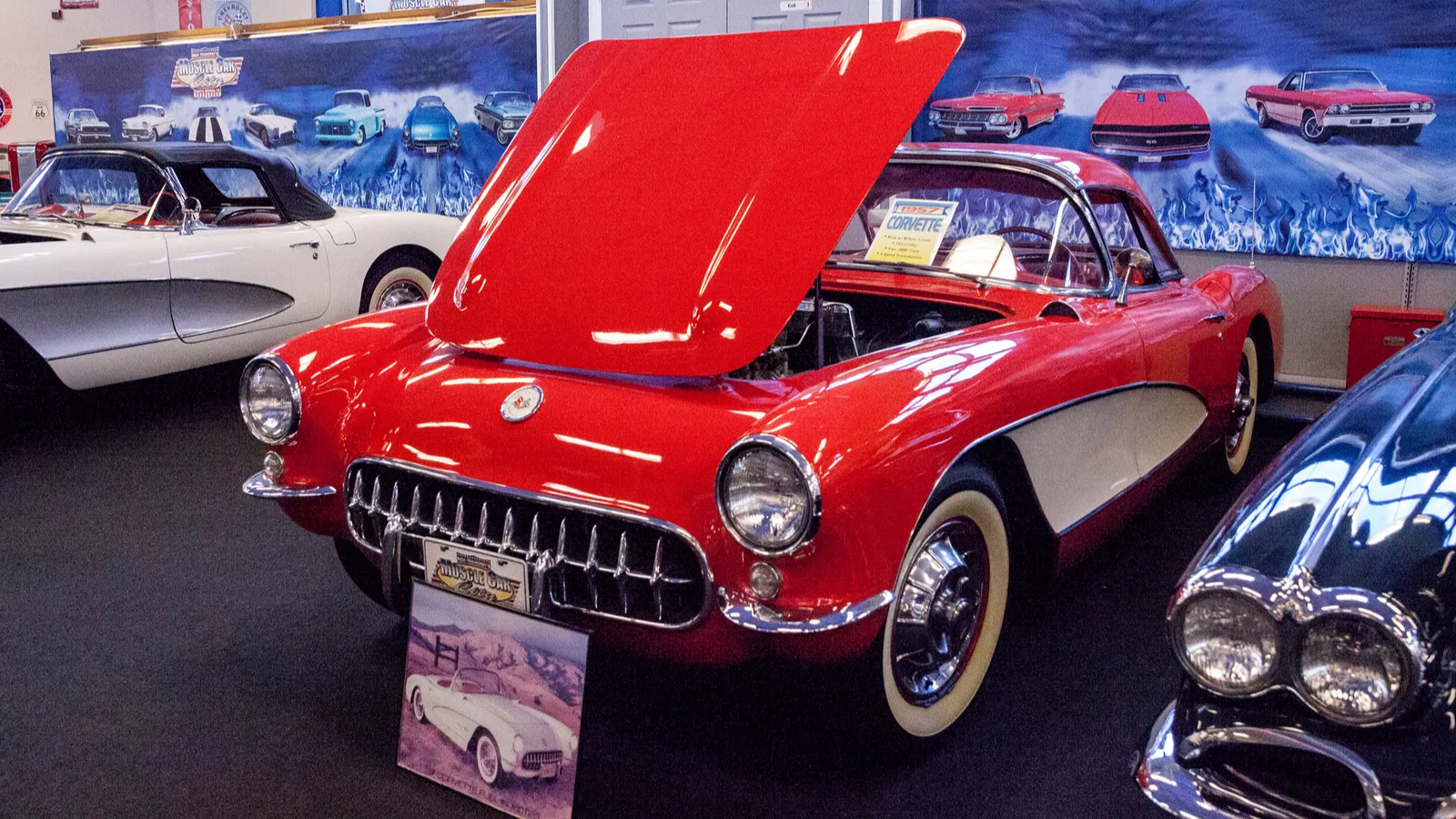
Image credits: stephstarr9363@gmail.com/Depositphotos
C1 (1953–1962) marks the Corvette’s debut with American ingenuity
The Corvette debuted in 1953 as a fiberglass-bodied, two-seat convertible at GM’s Motorama. Initially powered by a modest 150 hp inline-six, Chevrolet added a 3.9 L small-block V8 in 1955, significantly improving performance.
By 1962, the C1 offered up to 360 hp from its 327-ci engine. Though early sales were slow, the C1 laid the foundation for Corvette’s identity as America’s homegrown sports car.
Alt text: Red 1957 Chevrolet Corvette original displayed at the muscle car
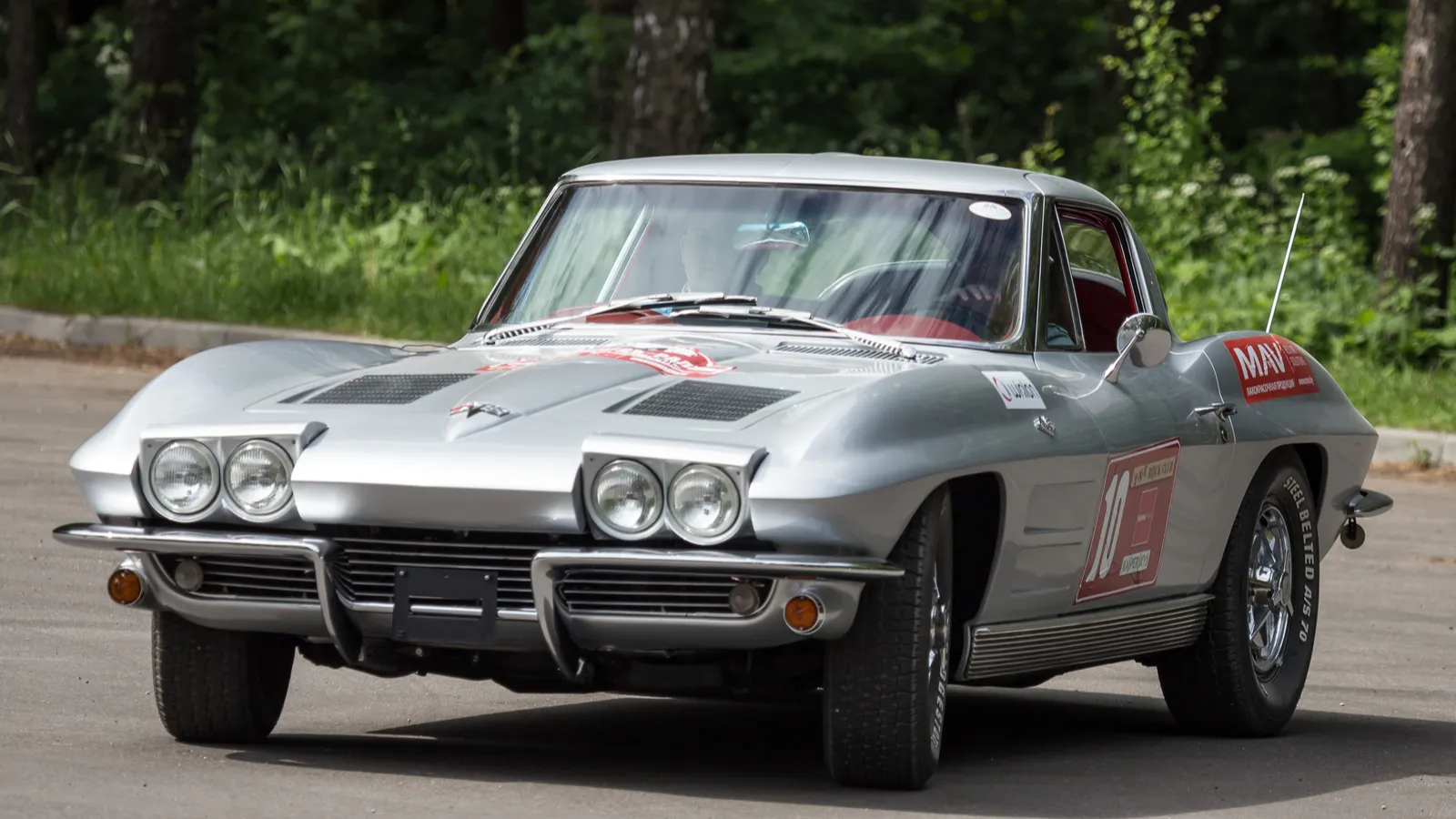
Image credits: vadim_maevskyi/Depositphotos
C2 (1963–1967) launches the Sting Ray era and independent suspension
In 1963, Chevrolet introduced the C2 Corvette Sting Ray with a lower profile, split‑window coupe, and independent rear suspension. Powertrain choices ranged from 250 hp small-blocks to 427‑ci big-block V8s delivering up to 430 hp.
The Z06 and rare L88 factory race packages added serious track capability. C2’s engineering and styling elevated the Corvette into a world-class performance machine admired on and off the track.
Alt text: Chevrolet Corvette sting ray ZR1 1965
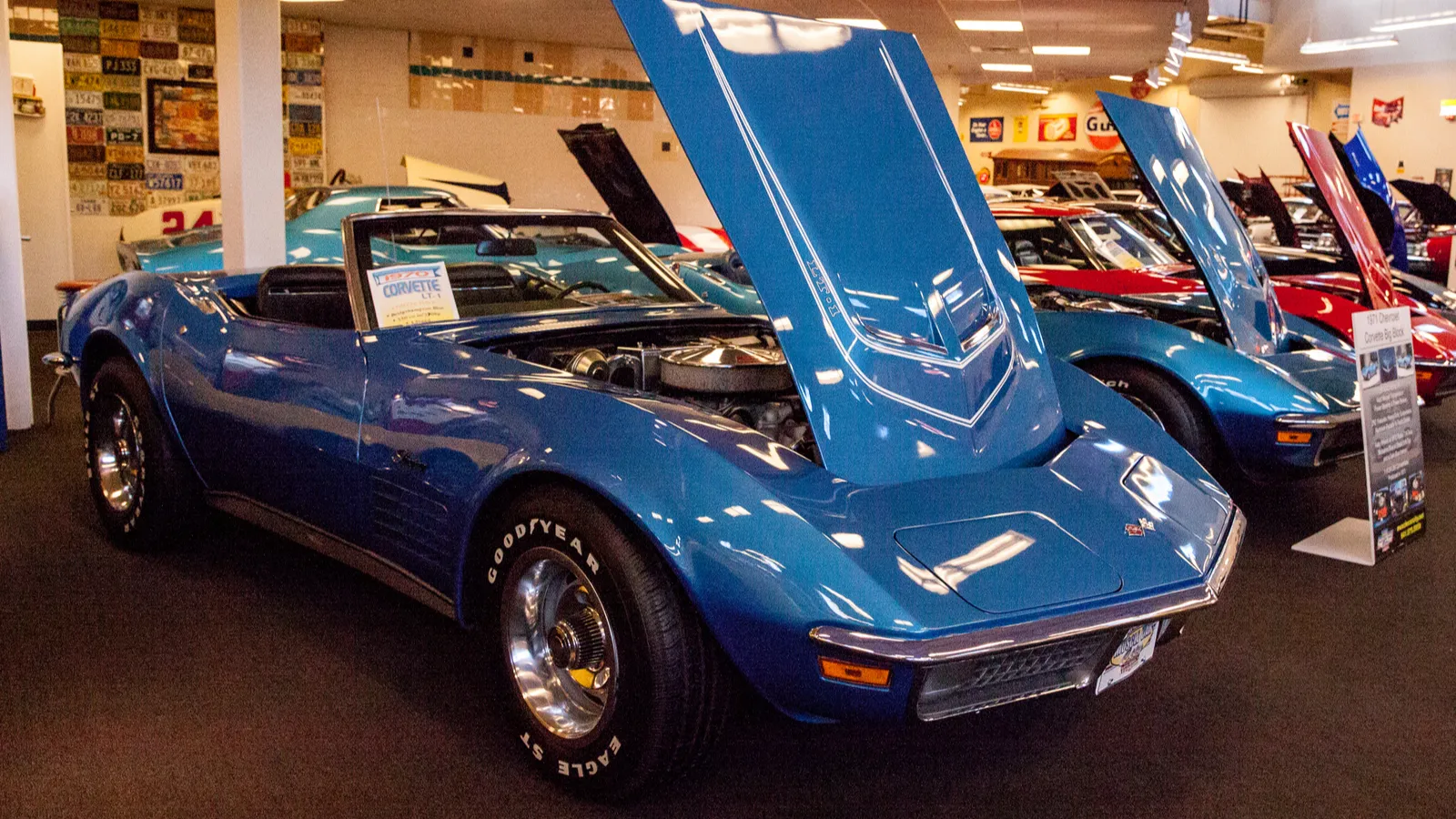
Image credits: stephstarr9363@gmail.com/Depositphotos
C3 (1968–1982) embraces Mako Shark design and bold bodywork
Styled after the Mako Shark II concept, the C3 Corvette arrived with dramatic curves, T-top roof panels, and pop-up headlights. Early C3s offered powerful 427–454 ci engines with over 400 hp.
Although tightening emissions in the 1970s reduced output significantly, Corvette’s popularity endured. The C3 became the longest-running generation, offering numerous special editions and styling updates despite declining horsepower through the malaise era.
Alt text: Blue 1970 Chevrolet Corvette LT1 convertible C3 displayed
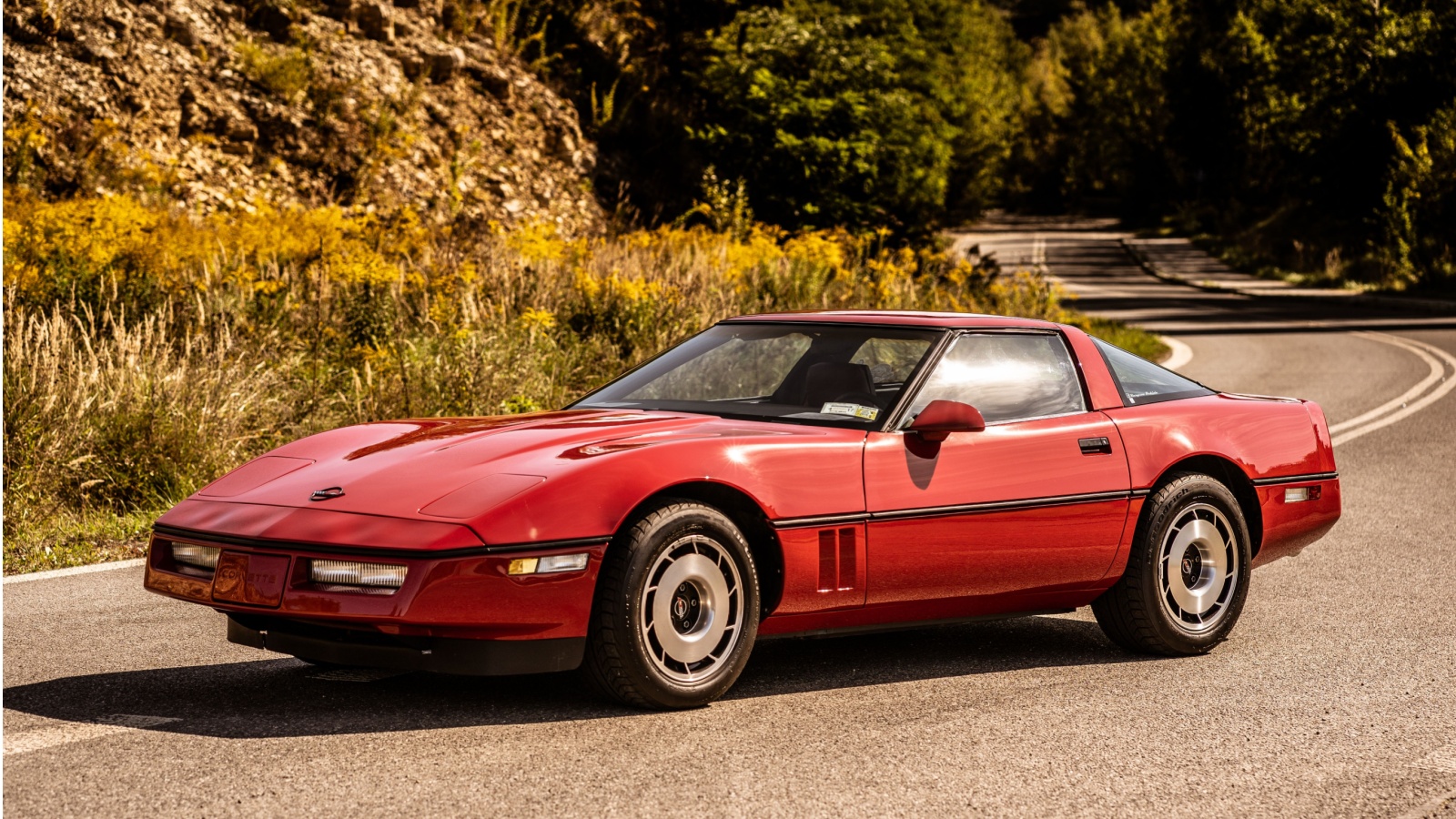
Image credits: jacek piotrowski/Shutterstock
C4 (1984–1996) brings a modern overhaul and the ZR‑1 revelation
Revived in 1984, the C4 introduced a new chassis, improved aerodynamics, and a fully digital instrument panel. In 1990, Chevrolet partnered with Lotus to build the ZR‑1, powered by a Lotus‑engineered LT5 DOHC V8 rated at 375 hp, later upgraded to 405 hp.
With Bilstein’s five-link suspension, ZF six-speed gearbox, and Goodyear Gatorback tires, the ZR‑1 delivered 0–60 mph in ≈4.4 sec and 180 mph top speed.
Alt text: 1984 Corvette C4
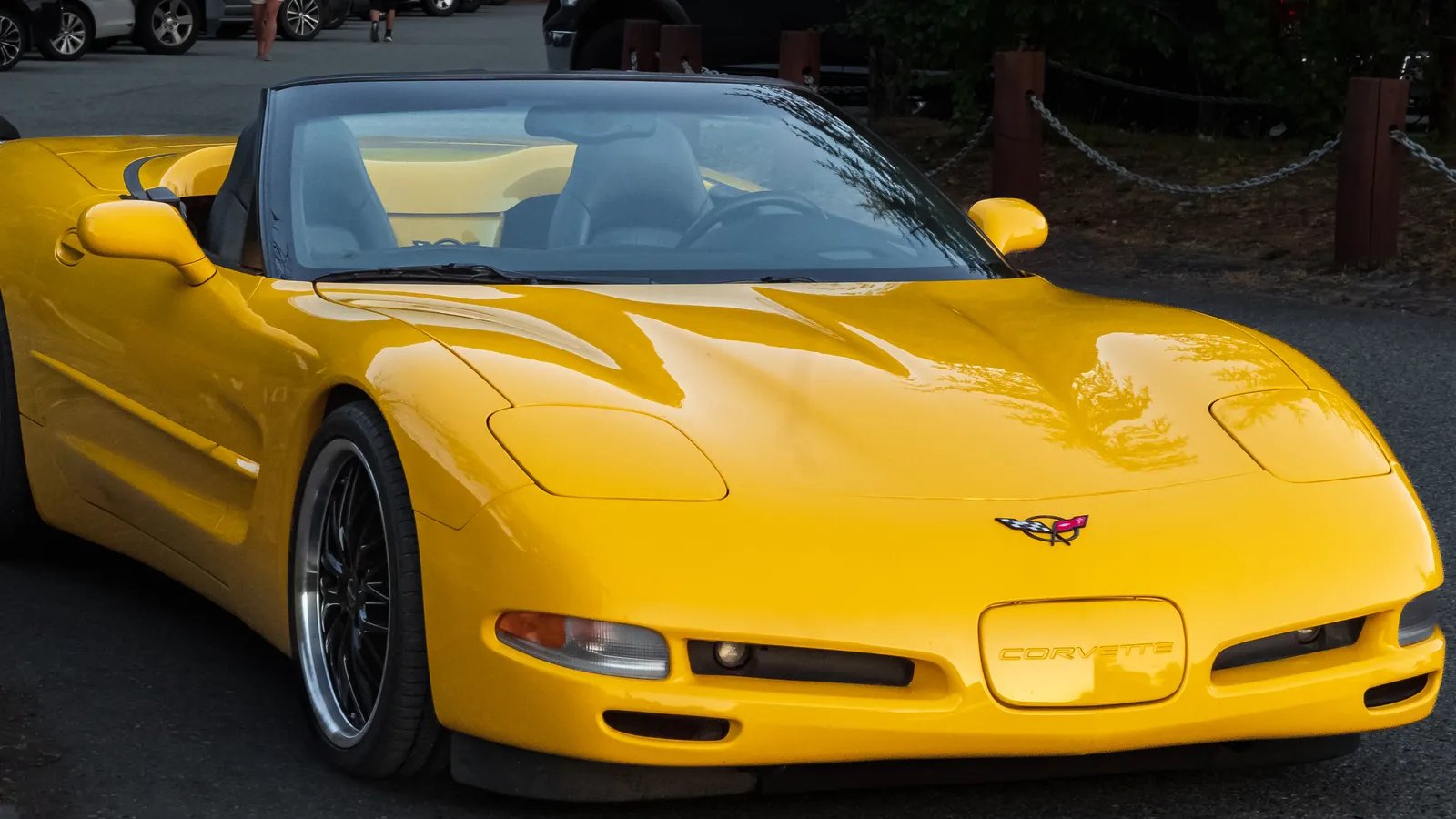
Image credits: elenaferns-photo/Depositphotos
C5 (1997–2004) focuses on balance, power, and refined handling
The C5 generation saw the debut of the lightweight LS1 V8 and rear-mounted transaxle layout for improved weight distribution. With 345 hp and a stiffer chassis, the C5 combined comfort with handling.
The Z06 returned in 2001 with 405 hp, enhanced suspension, and track-oriented brakes. These upgrades transformed the Corvette into a capable daily driver and weekend racer, proving the Corvette’s ability to deliver everyday usability alongside performance.
Alt text: Yellow Chevrolet Corvette c5. the American muscle
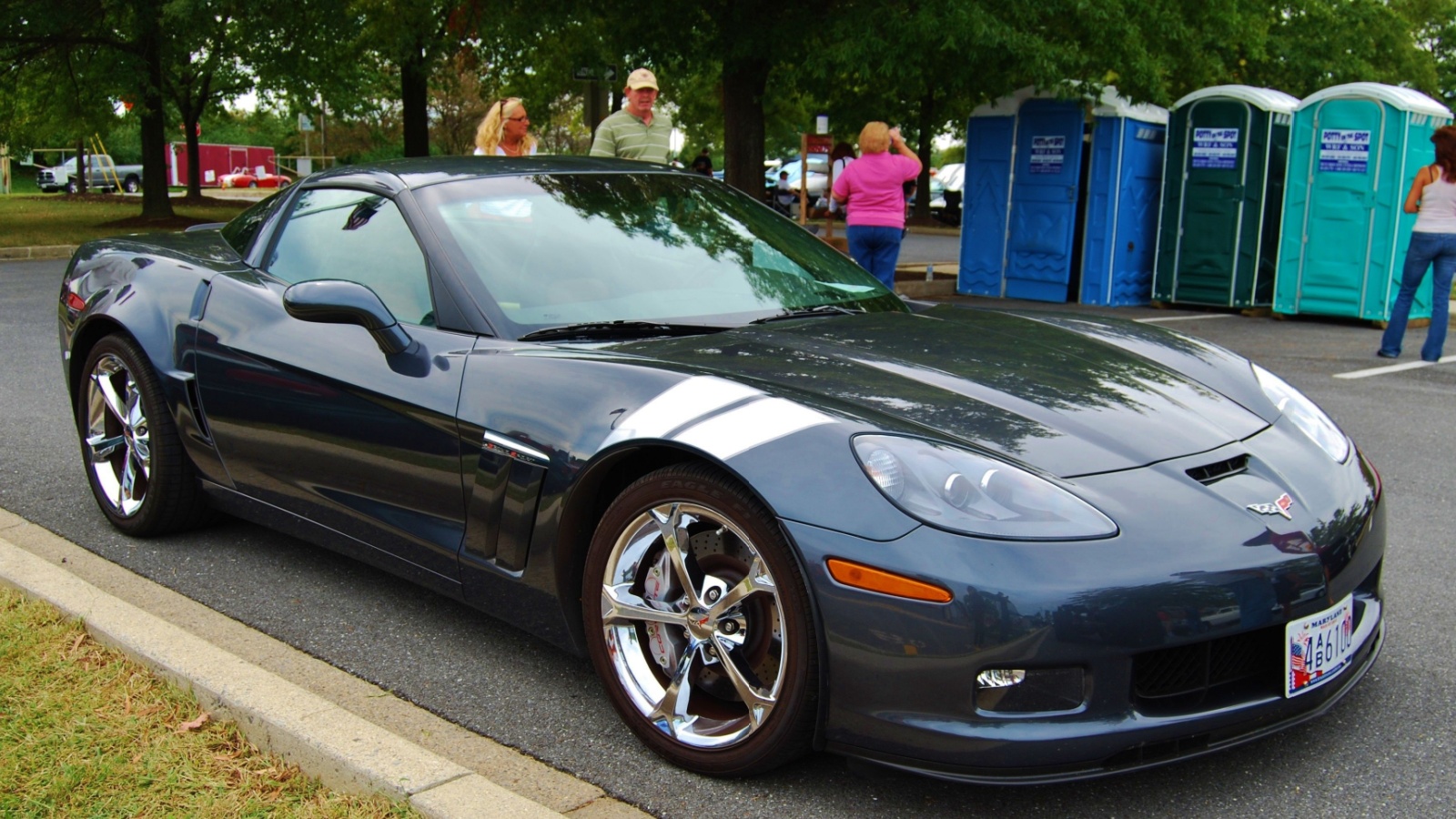
Image credits: lissandra melo/Shutterstock
C6 (2005–2013) refines performance with new Z06 and ZR1 extremes
The C6 generation marked the return of exposed headlights. In 2006, Corvette launched its all-aluminum Z06 with a 505 hp LS7 V8. 2009 the supercharged LS9 V8 debuted in the ZR1, delivering 638 hp.
Chrome wheels, magnetic ride control, and improved Brembo brakes built the C6’s reputation for refined power. Corvette became a genuine supercar rival with consistent Nürburgring and track performance.
Alt text: 2009 Corvette ZR1 C6
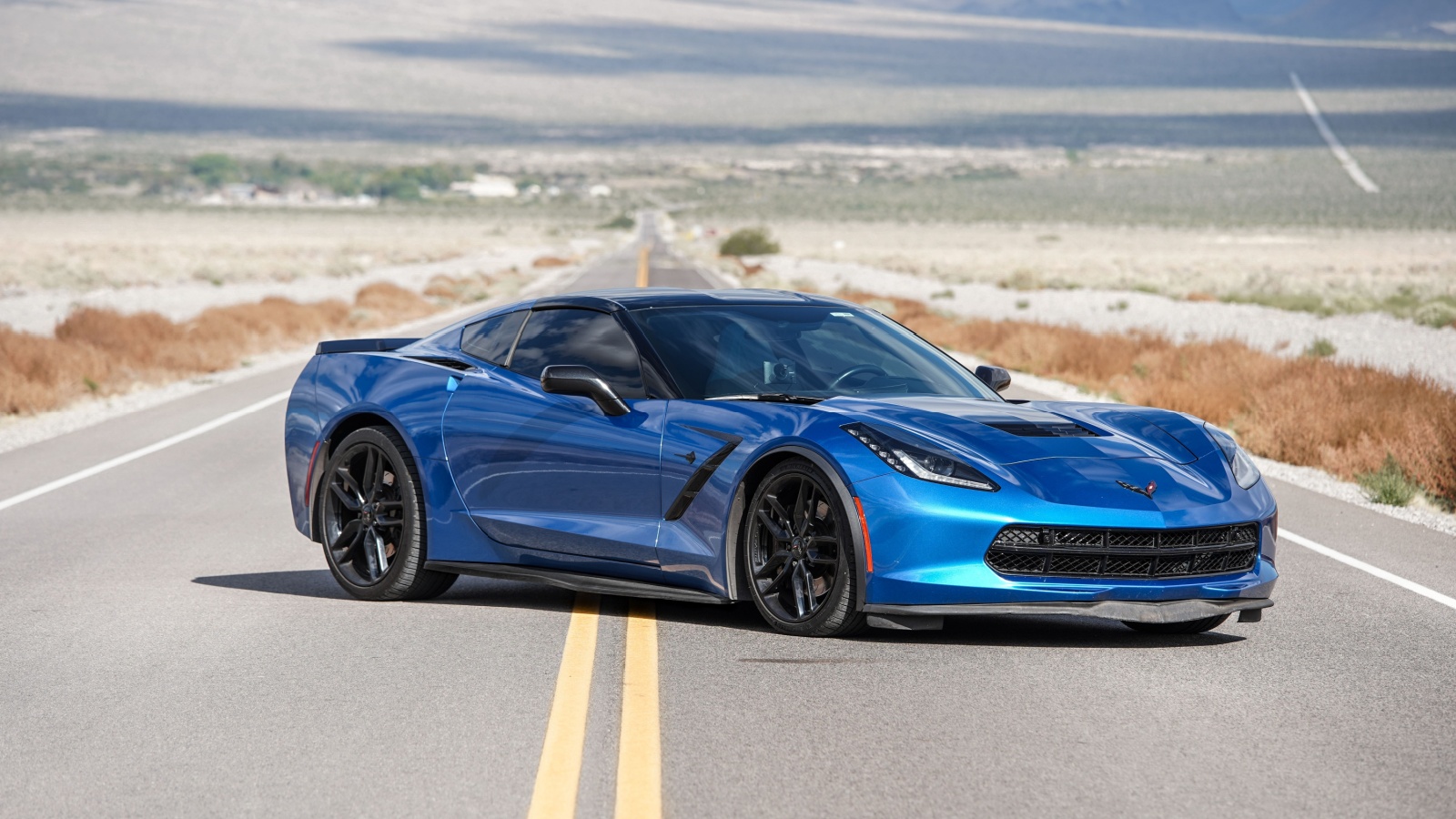
Image credits: wildsnap/Shutterstock
C7 (2014–2019) revives Stingray name, embraces modern tech and power
Chevrolet revived the Stingray badge with the C7, featuring new body styling and a fully redesigned interior. The base LT1 V8 produced 455 hp; the Z06’s supercharged LT4 delivered 650 hp; the range-topping ZR1 hit 755 hp.
Advanced safety tech, modern infotainment, and improved aero made the C7 significantly more refined. Corvette began closing the gap with European supercars in terms of both track time and daily usability.
Alt text: Corvette stingray C7
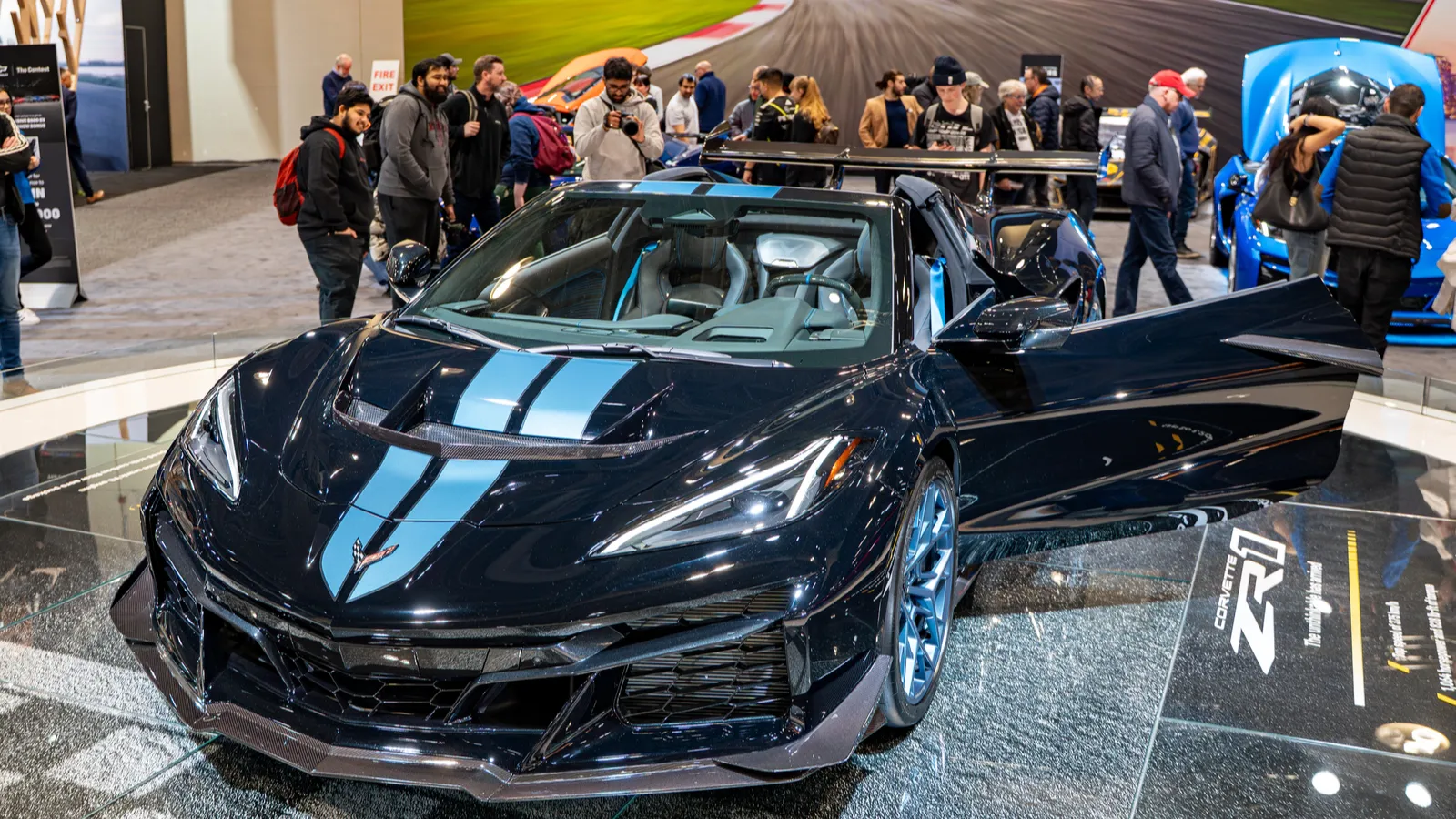
Image credits: egunes_/Depositphotos
C8 (2020–present) redefines Corvette with mid‑engine layout and value
In 2020, Corvette underwent its most significant transformation: a mid-engine layout with the V8 relocated behind passengers, paired with Chevrolet’s first dual-clutch transmission.
With 495 hp, the new layout dramatically improved handling and acceleration while maintaining accessible pricing under $60,000. It became the first Corvette to rival European exotics and remained entirely American-manufactured, reshaping its identity entirely.
Alt text: 2025 Corvette ZR1 automobile at the 2025 Canadian international autoshow
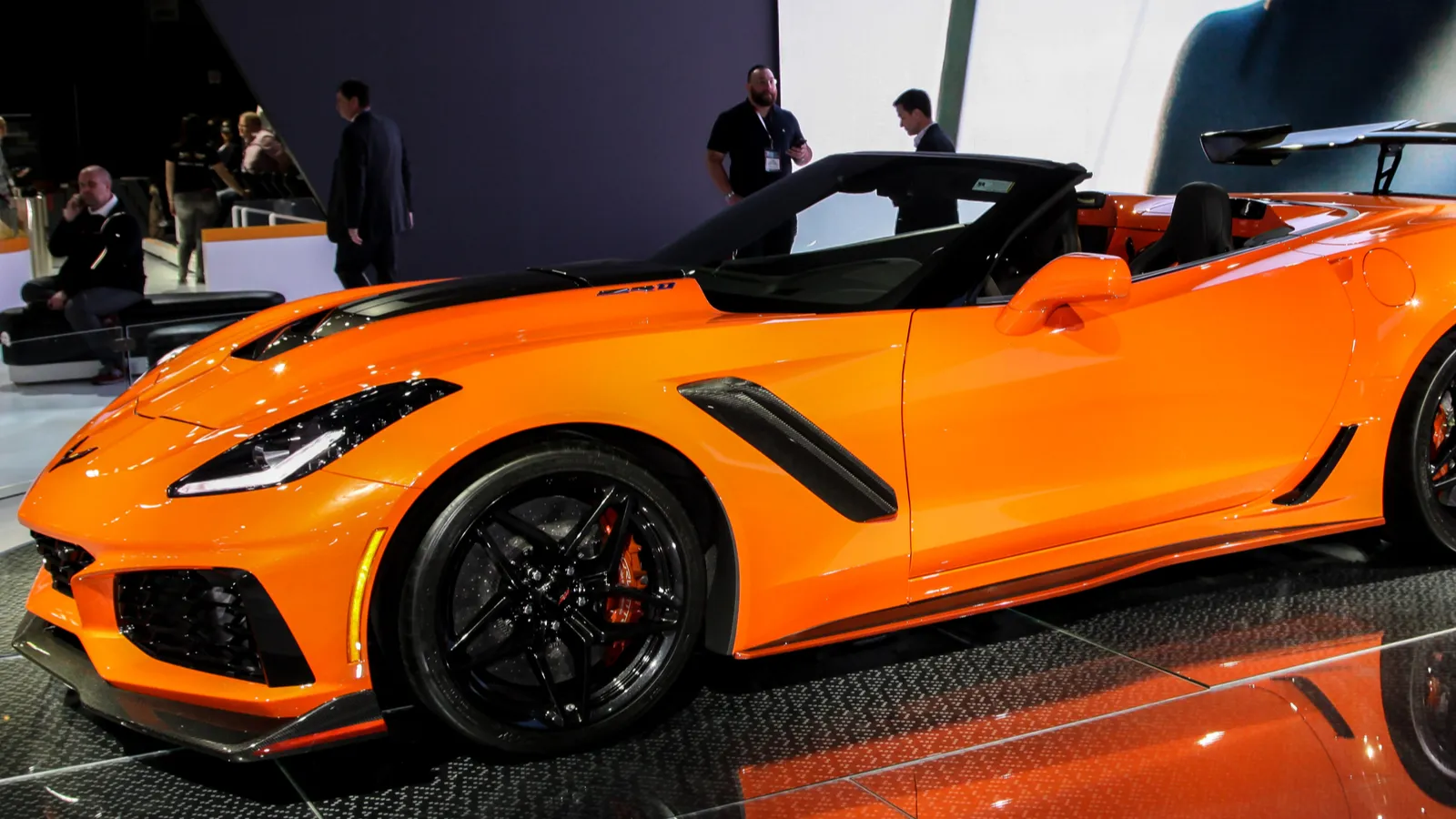
Image credits: miromiro/Depositphotos
The ZR1 legacy links C4 to C8 supercar performance levels
The ZR1 name traces back to the early 1970s, while the C4 ZR‑1 (1990–95) set endurance records with its Lotus‑designed LT5 engine. In 2025, Chevrolet resurrected the ZR1 with a 1,064‑hp LT7 V8 in the C8 platform.
This generational lineage of extreme performance echoes Corvette’s longstanding ambition to produce accessible supercars on par with the world’s best.
Alt text: Chevrolet Corvette ZR1 C7 shown at the show
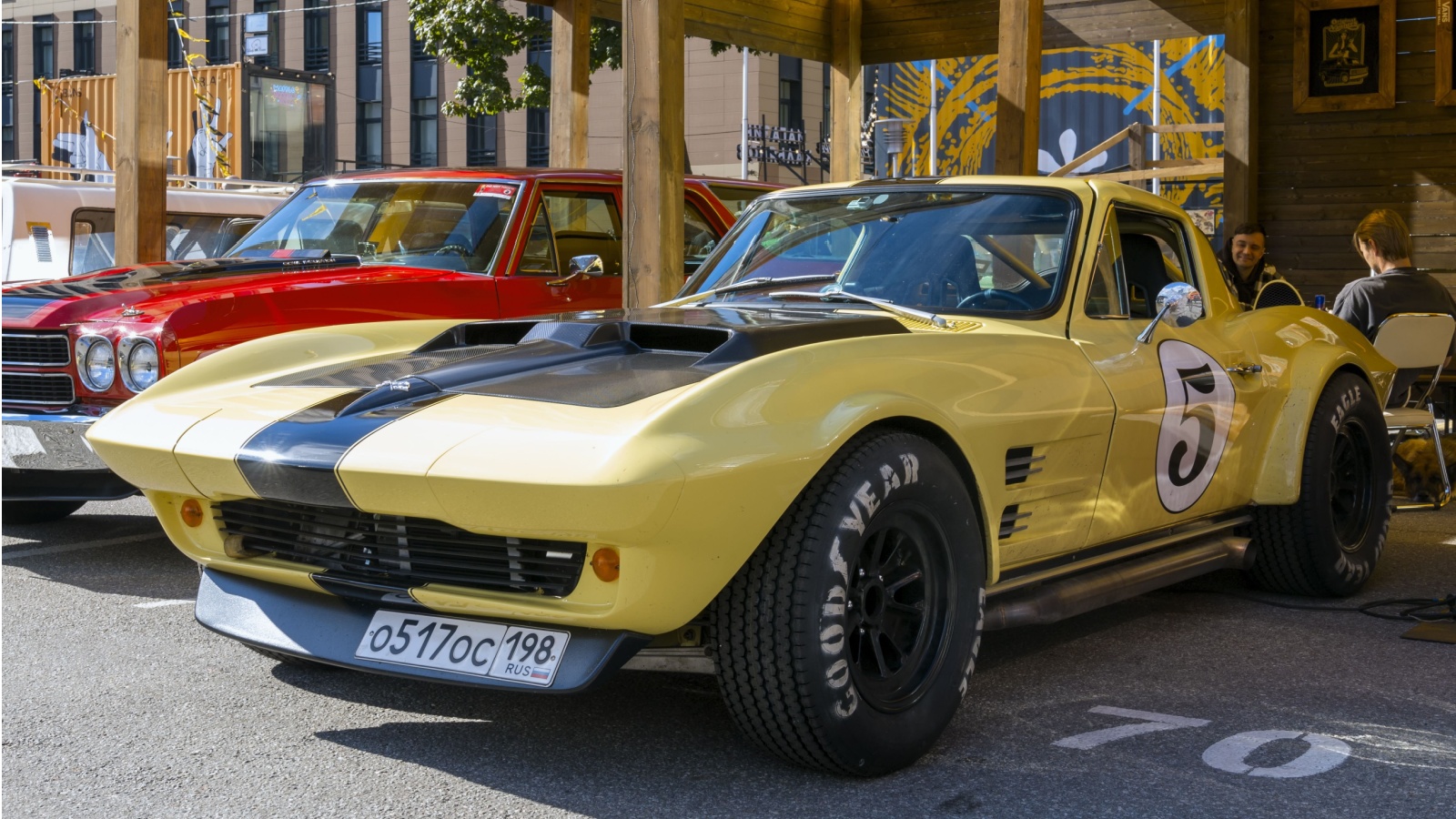
Image credits: oleg_mirabo/Shutterstock
Corvette’s innovation evolved from fiberglass body to carbon components
From the fiberglass C1 roadster to aluminum and carbon updates in C5–C7, Corvette has consistently pushed materials innovation. C6 introduced more aluminum-intensive bodies; C7 expanded composite interiors and chassis reinforcements.
The C8 builds on this with structural rigidity and weight savings while maintaining massless aesthetics. Throughout its history, Corvette has combined practical materials with daring engineering to deliver high performance at non-exotic prices.
Alt text: 1967 l88 Corvette
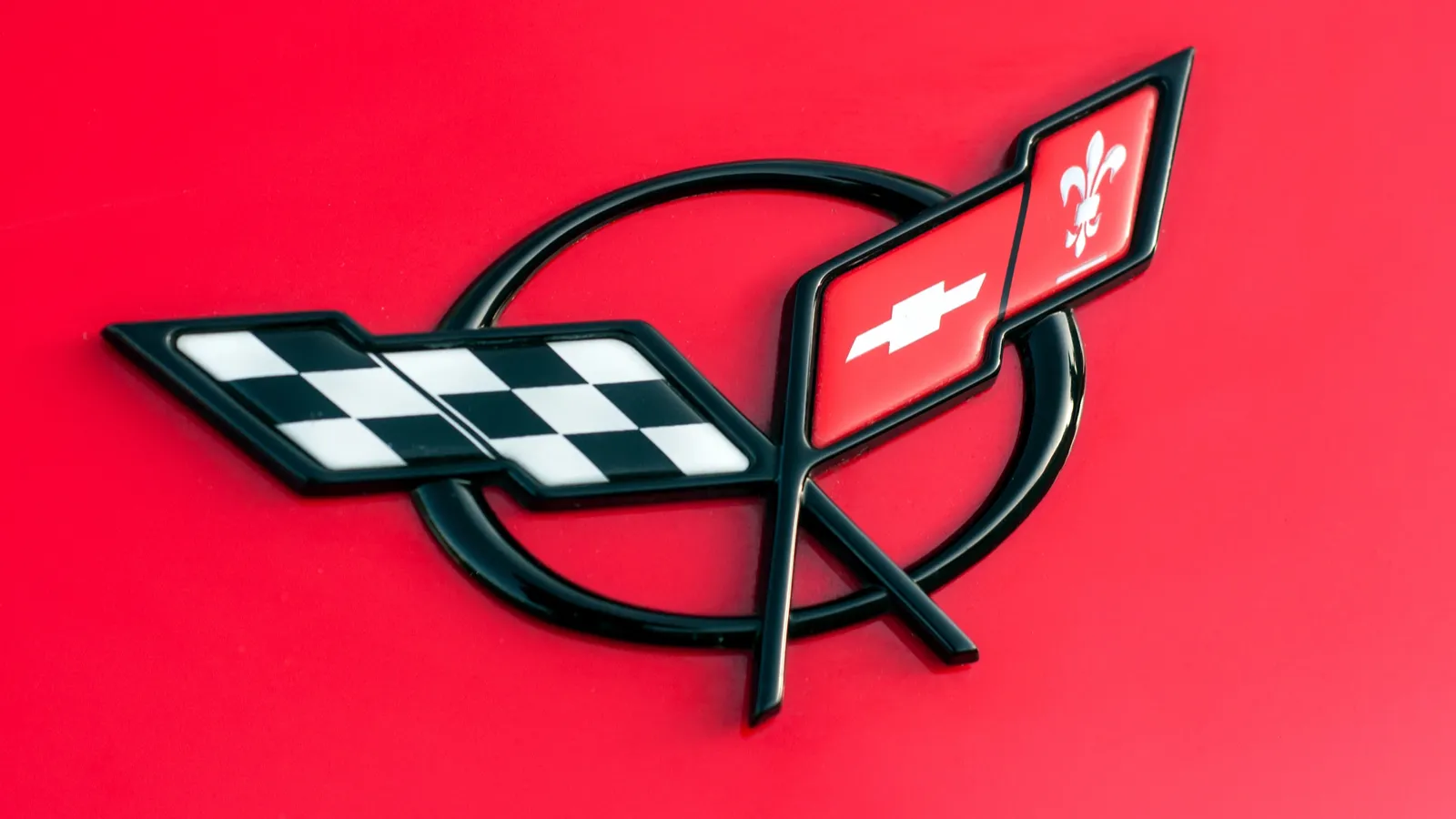
Image credits: neydtstock/Depositphotos
American racing heritage drove Corvette’s global rise over eight generations
Corvette began racing with the C1 and dominated IMSA and international endurance races through later generations. The C4 ZR‑1 set multiple FIA 24-hour records, averaging over 175 mph in 1990. C7 Z06 and C8 variants continued Corvette’s motorsport success at Daytona and Le Mans.
The brand’s presence across decades of competition solidified its reputation as a world-class professional and amateur racing circle contender.
Alt text: Logo on red Chevrolet Corvette front parked
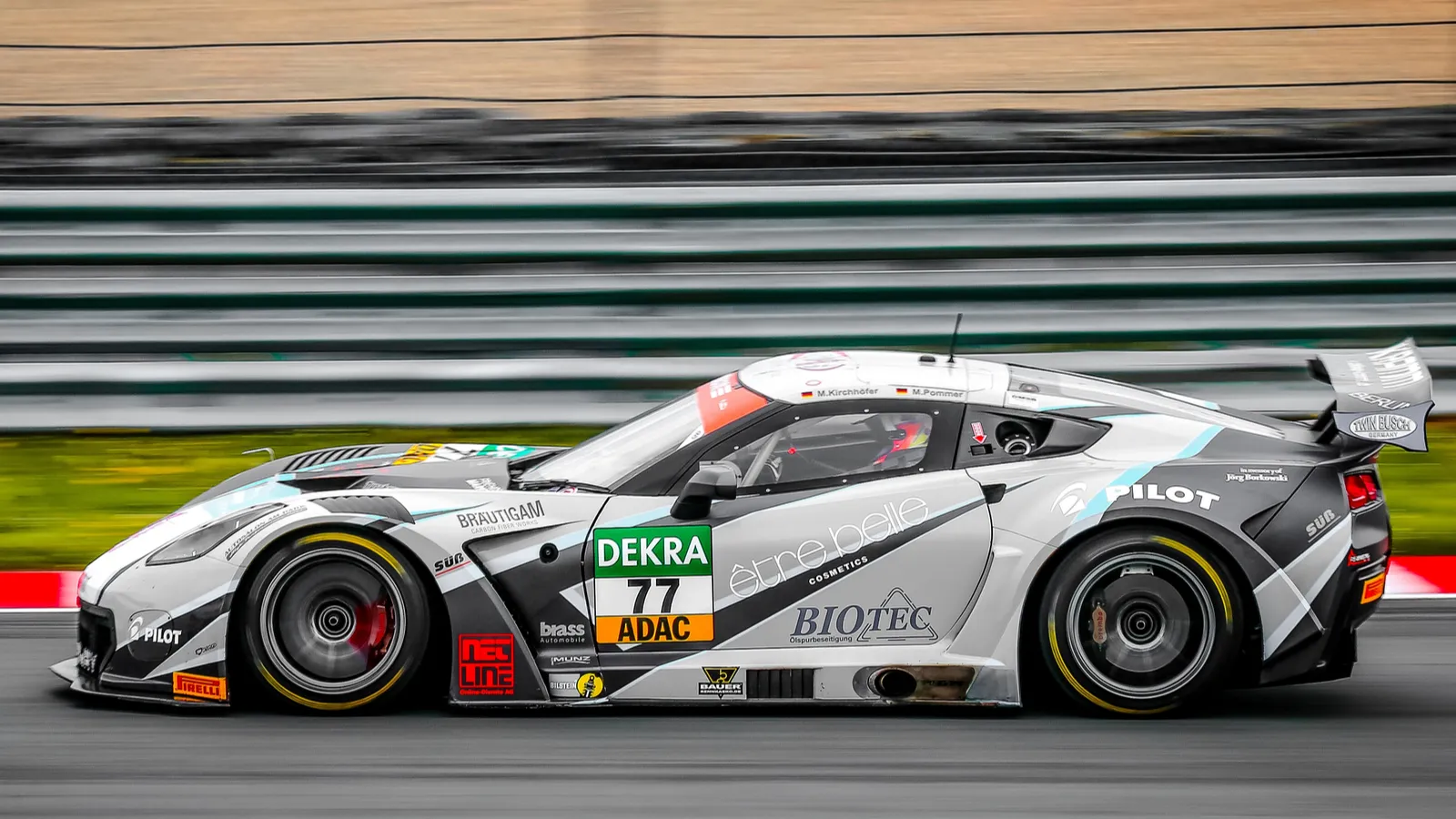
Image credits: michele_morrone/Depositphotos
Corvette influenced automotive culture on screen and in song
From “The Rockford Files” to “Corvette Summer”, the Corvette defined American pop culture. Musicians, movies, and video games featured the ‘Vette as a symbol of speed, freedom, and innovation. Car clubs and road tours further cemented its cultural appeal.
Every generation added style and personality, making the Corvette more than just a car; it became an enduring icon of American performance and ambition.
Alt text: Markus Pommer driving a Corvette
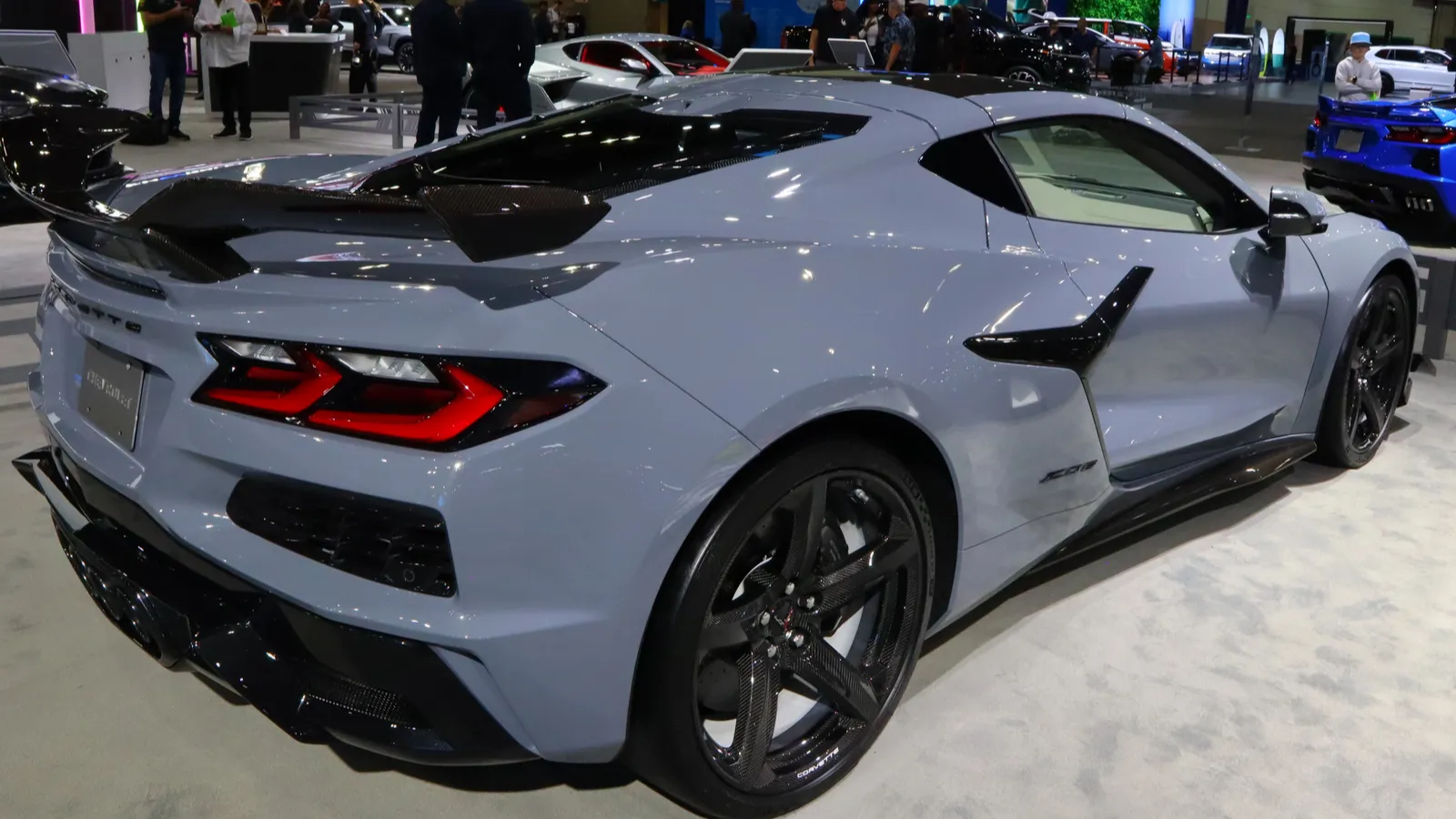
Image credits: walter_cicchetti/Depositphotos
Pricing strategy has offered supercar thrills at attainable price points
Since its inception, Corvette adopted pricing that outperformed expectations: the C4 ZR‑1 offered 0–60 in ≈4.4 sec at a fraction of a Ferrari’s cost.
C7 and C8 continued that strategy, offering supercar-level power with significantly lower price tags. Even today, base C8 Stingray models undercut many luxury sports cars while delivering comparable performance, fueling Corvette’s allure as America’s affordable exotic.
Alt text: Chevrolet Corvette C8
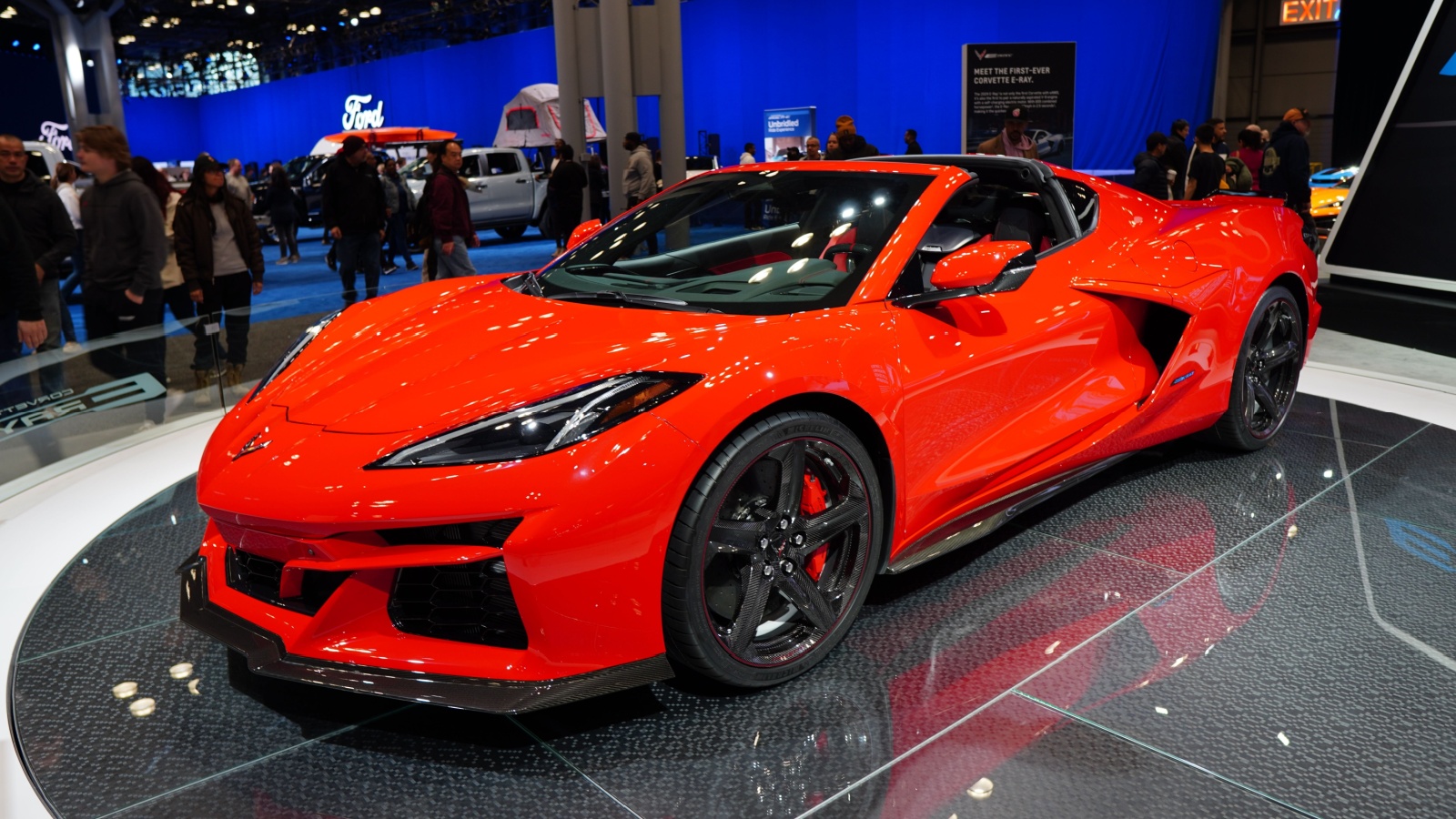
Image credits: quiggyt4/Shutterstock
Corvette evolution reflects technological leaps across eight generations
Each Corvette generation introduced innovation: C1 pioneered fiberglass construction; C2 delivered independent suspension; C4 brought digital dashboards and pressed aerodynamics; C8 embraced mid-engine design and F1-inspired dual-clutch transmission.
Across decades, Corvette used cutting-edge tech to stay competitive, redefining expectations of American engineering and performance in every generation.
Alt text: Corvette-E Ray
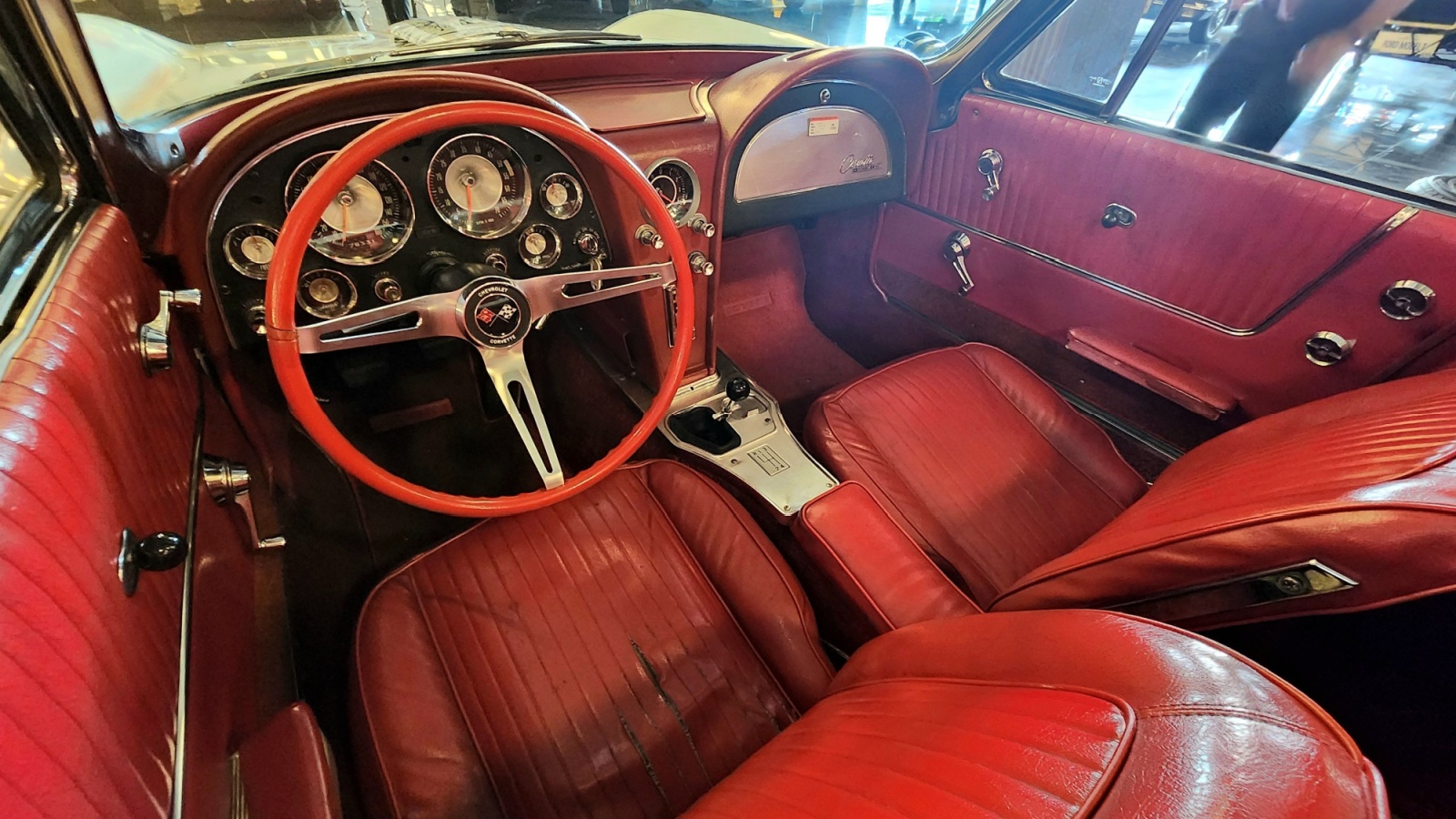
Image credits: karikantau/Shutterstock
Enthusiasts cherish the Corvette’s blend of performance and heritage
From classic C1 convertibles to exotic C8 mid-engine machines, Corvette retains loyal fans. Collector clubs, online forums, multi-decade owners, and track-day communities celebrate each model’s story.
The LT5 engine, Sting Ray logos, and ZR1 badges carry emotional resonance. Corvette’s continual reinvention, while honoring its roots, ensures its enduring legacy among enthusiasts and new buyers alike.
Alt text: 1965 Corvette red interior
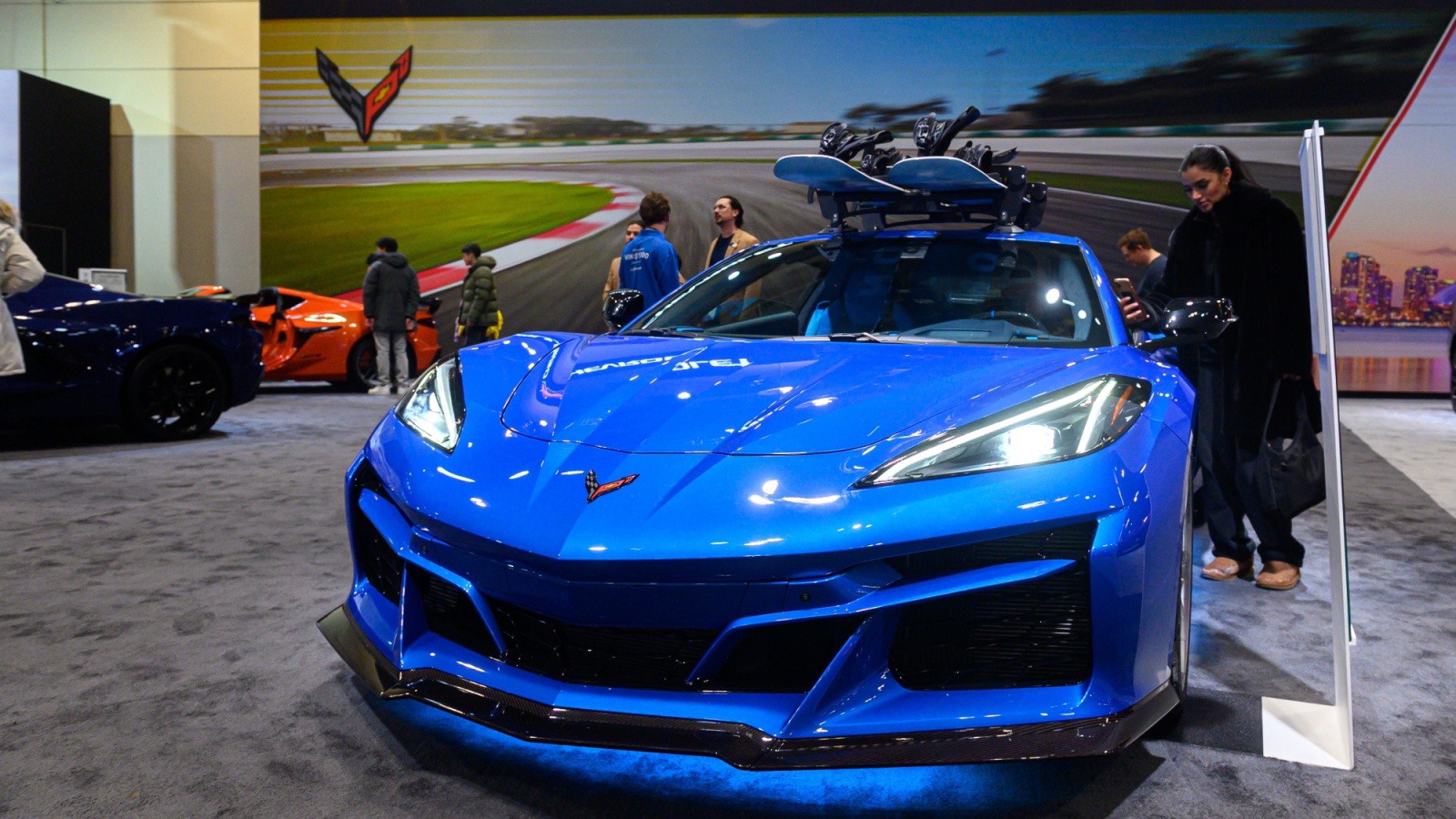
Image credits: informa_plus/Shutterstock
C8 signals a bold future—hybrids and electrification await Corvette fans
The C8 platform has already spawned a hybrid E-Ray version and teased fully electric concepts. As Chevrolet builds into the future, Corvette’s mid-engine layout offers flexibility for electrification.
While the gas V8 remains central, next-generation hybrid and EV variants may deliver Corvette’s signature performance with zero emissions. The mission remains the same: fast, iconic, and distinctly American.
Alt text: Corvette e ray displayed
